
Camara Island: Discovering the Tiny Yet Majestic Wonders
Near Pundaquit in Zambales, two islands are calling to be explored. Camara Island, the closer one, sits just off Pundaquit’s shores and is easily reachable.
Subic Bay, located on the western coast of Luzon is a natural harbor that has played a significant role in the country’s history and development. Encompassed by the municipalities of Subic and Olongapo City in Zambales province, Subic Bay is renowned for its deep waters, strategic location, and rich maritime history.
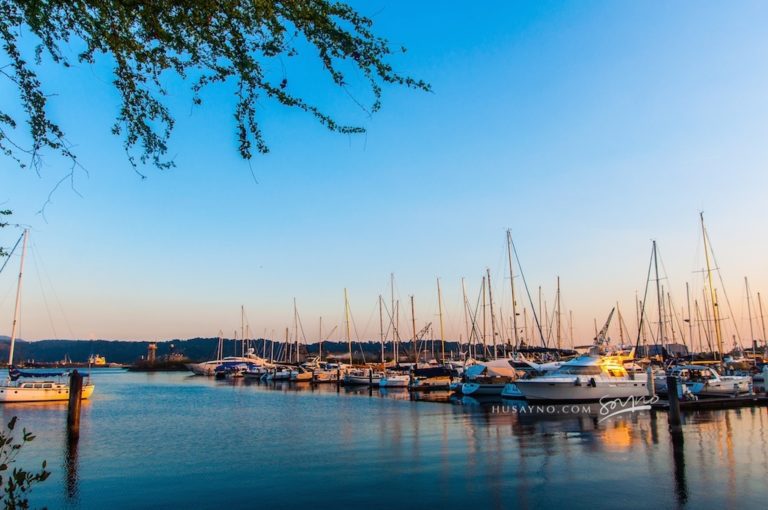
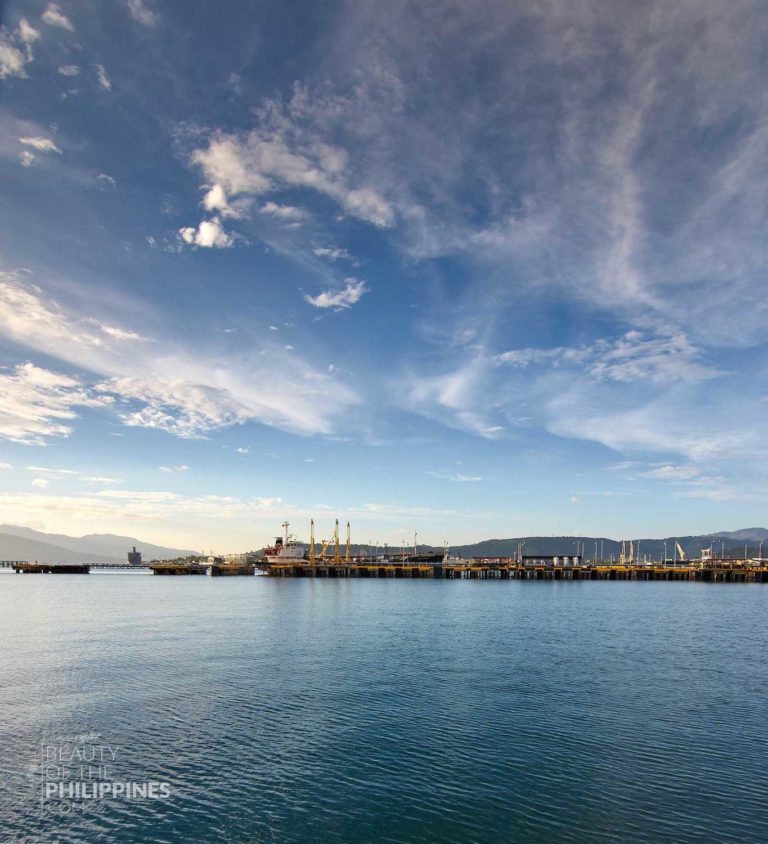
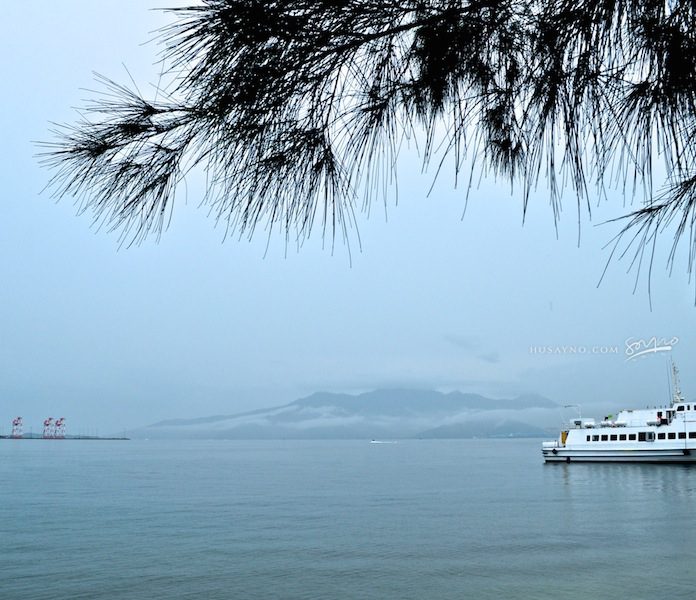
Subic Bay’s history is deeply intertwined with both Spanish and American colonial periods. During the Spanish colonial era, Subic Bay served as a strategic naval base due to its natural deep harbor, which provided protection from typhoons and easy access to the South China Sea. The Spanish established a shipyard and a small naval base in the late 1800s, which eventually laid the groundwork for the more extensive military developments to come.
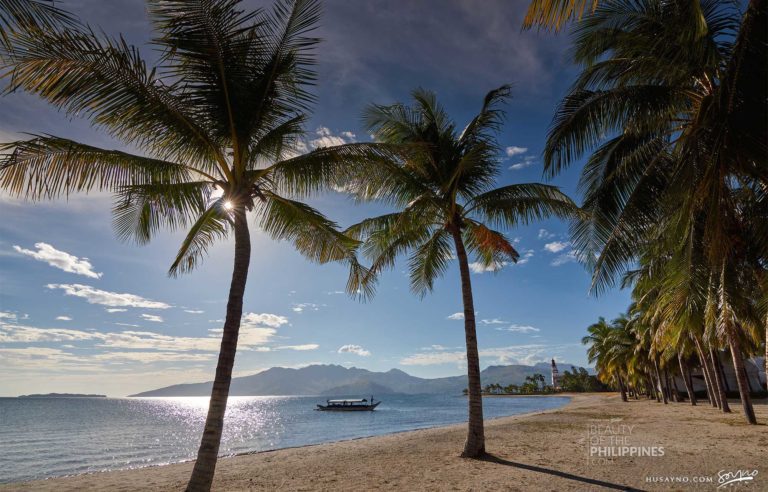
The turning point for Subic Bay came with the arrival of the Americans after the Spanish-American War in 1898. Recognizing the strategic importance of the bay, the U.S. Navy developed it into one of the largest naval facilities in the Pacific. Subic Bay became a pivotal military outpost, playing a crucial role during World War II, the Korean War, and the Vietnam War. The naval base provided logistical support, repair facilities, and a strategic launching point for U.S. military operations in the Asia-Pacific region.
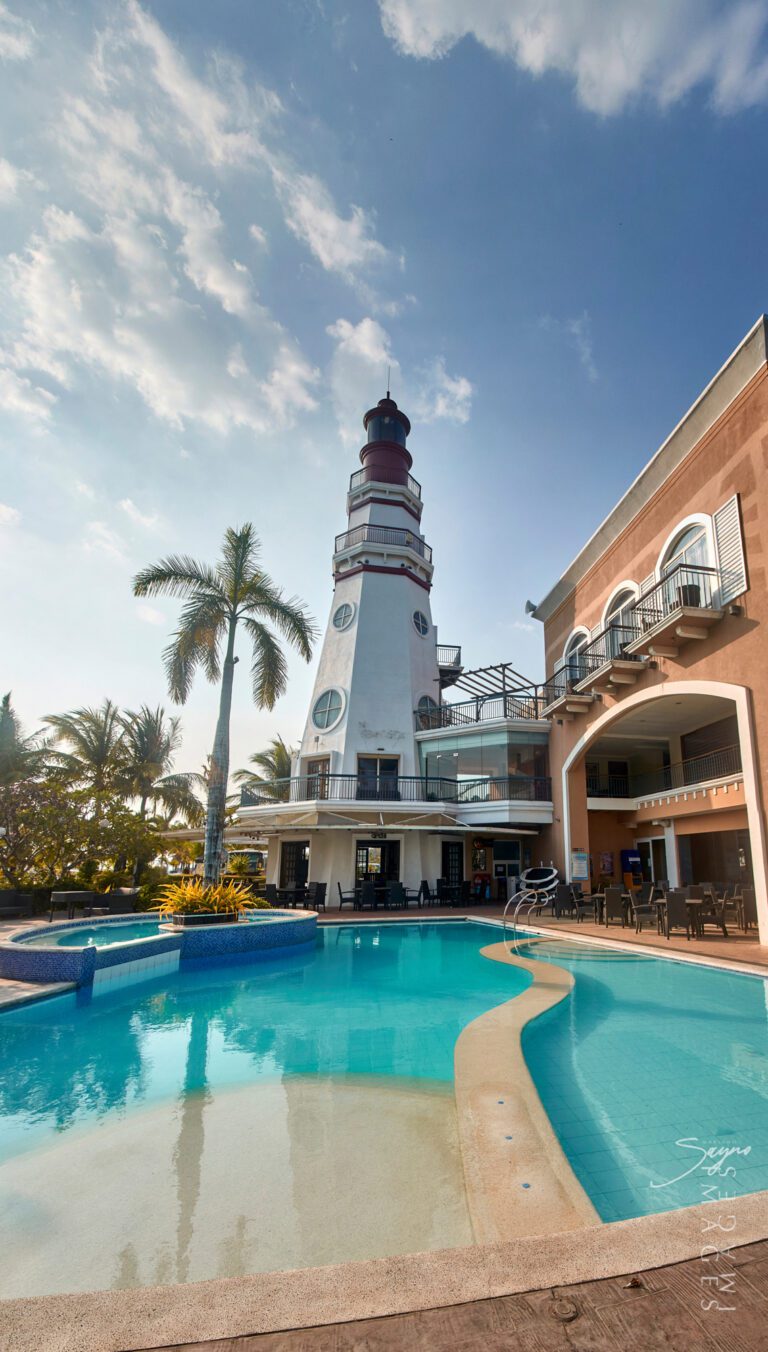
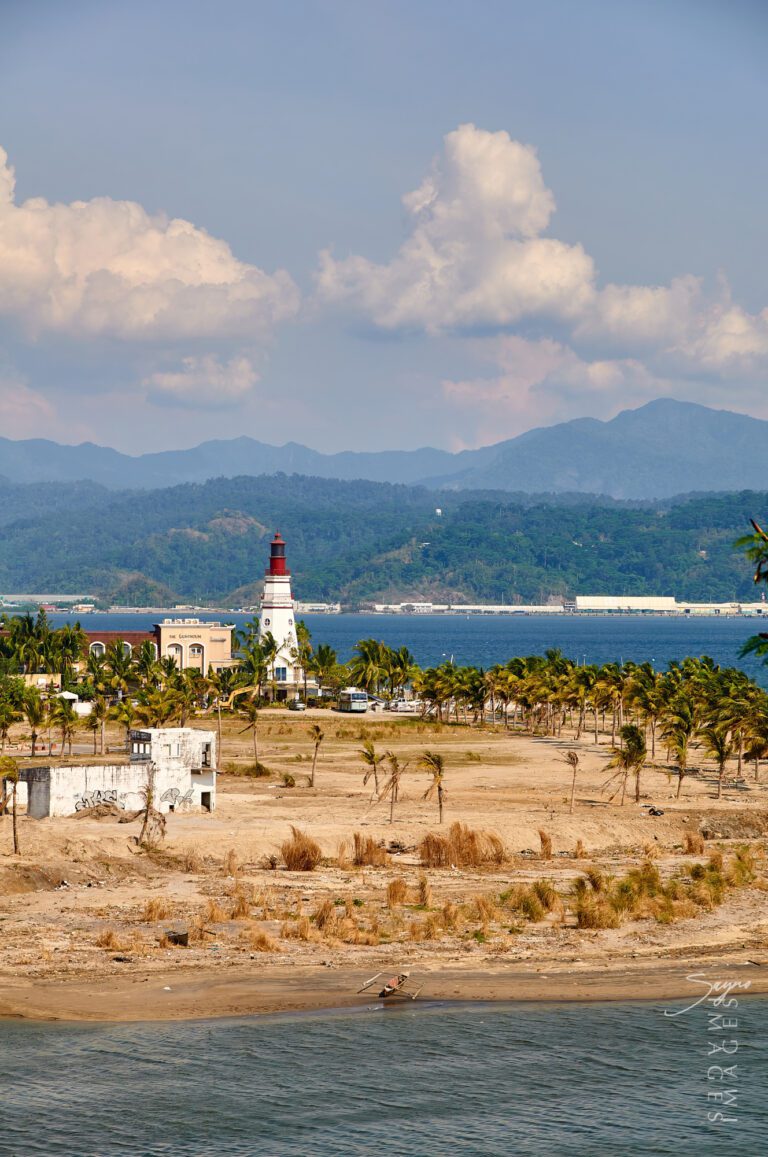
ABOVE: Recognized as one of the premier hotels in the Subic Bay Freeport Area by a reputable travel site, this establishment caters not only to business executives and frequent tourists in the Subic Freeport Zone but also offers transients a fresh perspective of Subic Bay. The lighthouse has become an iconic structure along the bay, providing an excellent location for photography.
ABOVE: Recognized as one of the premier hotels in the Subic Bay Freeport Area by a reputable travel site, this establishment caters not only to business executives and frequent tourists in the Subic Freeport Zone but also offers transients a fresh perspective of Subic Bay. The lighthouse has become an iconic structure along the bay, providing an excellent location for photography.
In 1992, the Philippine government assumed control of Subic Bay following the withdrawal of U.S. forces due to the expiration of the Military Bases Agreement. This transition marked a significant shift in the area’s purpose and development. The Subic Bay Freeport Zone was established, transforming the former military base into a bustling commercial hub and tourist destination.

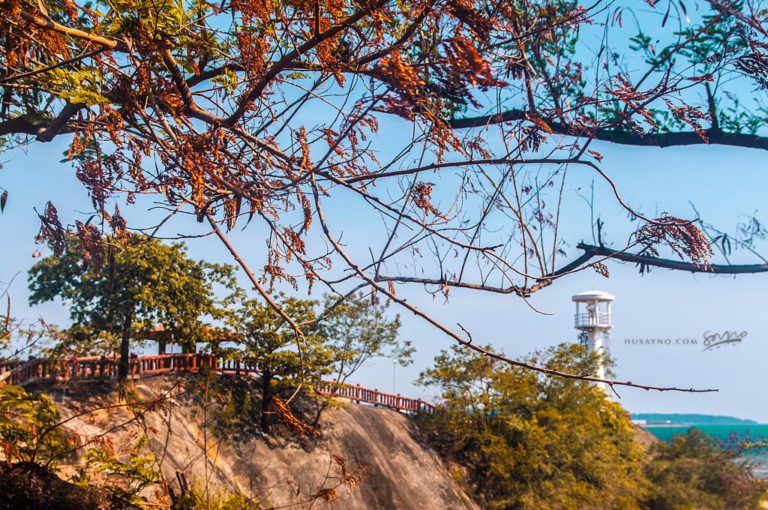
ABOVE: Even though the Subic Old Lighthouse stands on the opposite side of the river from its more modern counterpart, it remains easily visible. Travel along the Main Road, and just before reaching the public cemetery on the hillside, one can catch a glimpse of this enchanting lighthouse, especially when strolling down the Subic Boardwalk.
ABOVE: Even though the Subic Old Lighthouse stands on the opposite side of the river from its more modern counterpart, it remains easily visible. Travel along the Main Road, and just before reaching the public cemetery on the hillside, one can catch a glimpse of this enchanting lighthouse, especially when strolling down the Subic Boardwalk.
Today, Subic Bay Freeport Zone is one of the Philippines’ premier economic zones, attracting local and foreign investors with its tax incentives, world-class infrastructure, and strategic location. The area is home to a wide range of industries, including manufacturing, logistics, shipbuilding, and business process outsourcing. The presence of Subic Bay International Airport and the Subic Bay Port further enhance its status as a critical economic gateway.
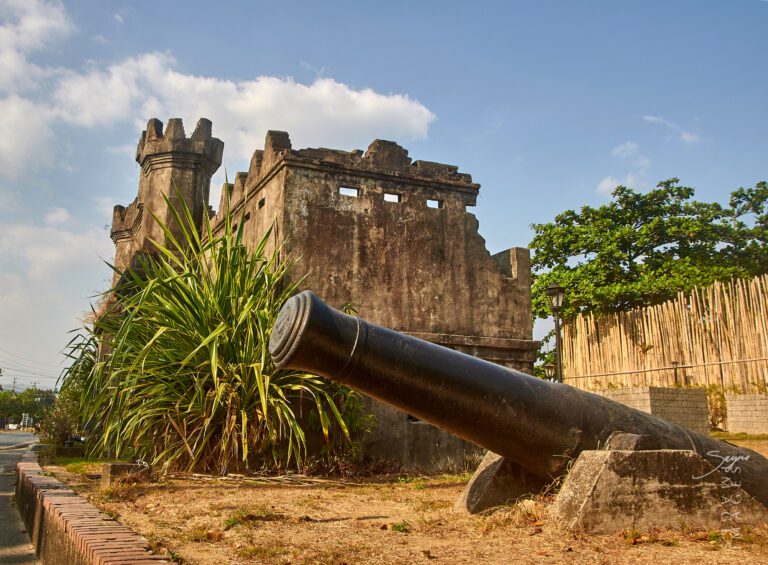
ABOVE: This historical landmark resides on the island part of today’s Subic Bay Freeport Zone, once occupied by the Spanish Navy until 1898. It can be found in Olongapo, Central Luzon, Zambales, on Sampson Road just north of Dewey Avenue when traveling north. Over time and through wars, the naval fort in the area has been ravaged, leaving only the gate as a reminder of its glorious past.
ABOVE: This historical landmark resides on the island part of today’s Subic Bay Freeport Zone, once occupied by the Spanish Navy until 1898. It can be found in Olongapo, Central Luzon, Zambales, on Sampson Road just north of Dewey Avenue when traveling north. Over time and through wars, the naval fort in the area has been ravaged, leaving only the gate as a reminder of its glorious past.
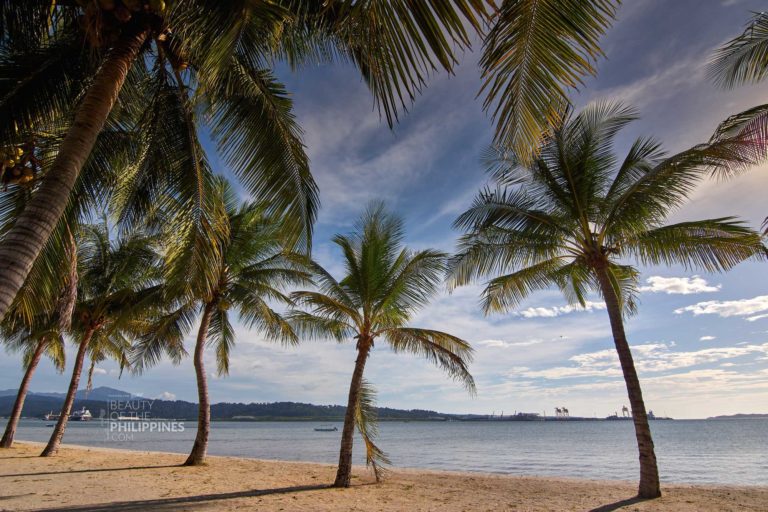
Subic Bay’s natural beauty and well-preserved environment have made it a popular destination for tourists and outdoor enthusiasts. The bay is surrounded by lush forests, beaches, and diverse marine life, offering a wide range of recreational activities. Visitors can explore the Subic Bay Marine Exploratorium, Ocean Adventure, Zoobic Safari, and various eco-tourism parks.
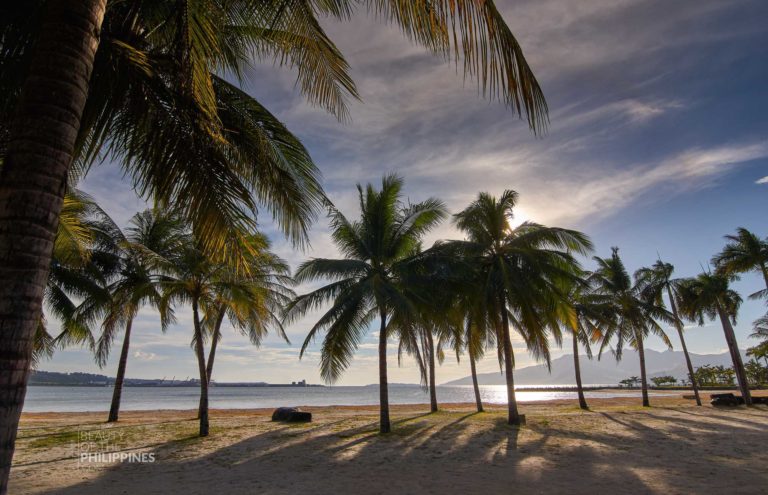
Tourists can enjoy strolling along the beachfront, with the picturesque sight of coconuts lining the bay. The sunset is truly breathtaking, providing a stunning backdrop for leisurely walks and relaxation. The area offers a diverse range of activities, from engaging in water sports to exploring forest trail hikes. Adventure seekers can enjoy thrilling water sports, while those preferring a more relaxed pace can partake in leisurely meals at one of the beachfront restaurants. Accommodation options are plentiful, including hotels that cater to those seeking a relaxing staycation with the added convenience of a pool.


RELATED STORIES

Near Pundaquit in Zambales, two islands are calling to be explored. Camara Island, the closer one, sits just off Pundaquit’s shores and is easily reachable.

The Subic Spanish Gate, Olongapo’s oldest remaining structure, has withstood three significant events: the Dewey shelling of 1898, the Japanese attack of 1941, and the
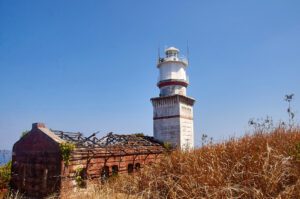
The Capones Lighthouse, also known as Faro de Punta Capones or Capones Island Lighthouse, stands proudly as a significant historic site situated along the coast
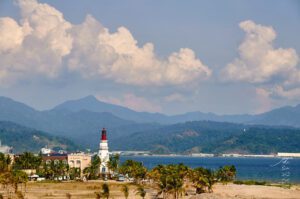
The Subic Lighthouse Marina Resort, constructed in 2006, exudes a distinctive nautical charm. The iconic lighthouse fulfills its role of guiding ships and boats to
Subic Bay caters to diverse interests, offering theme parks and shopping malls. The vibrant nightlife includes numerous bars and cafes, providing both visitors and locals the opportunity to enjoy their favorite drinks. Whether indulging in a night of karaoke with friends or simply appreciating the scenic beauty, everyone can find a reason to savor the charm of Subic Bay.
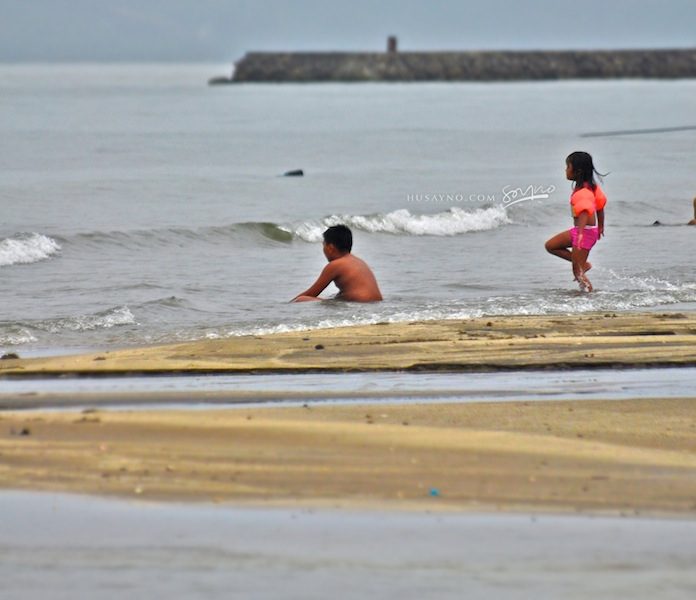
Beyond contemporary leisure, Subic Bay is also home to historical landmarks like the Subic Spanish Gate, Olongapo’s oldest remaining structure. This gate serves as a testament to the area’s rich history and Spanish colonial past.
Subic Bay remains a vital strategic location in the Asia-Pacific region. The Philippine Navy maintains a significant presence in the area, and the bay continues to serve as a port of call for various international naval vessels. The bay’s deep waters and natural defenses make it an ideal location for both military and commercial activities, ensuring its continued relevance in the region’s geopolitical landscape.
I’m looking forward to the stories and images leaving a lasting positive impression on you, just as they have on me. Stay connected with us on social media for a weekly exploration of travel assignments and breathtaking visuals. Our focus is on championing local tourism, showcasing small businesses, and honoring the magnificence of the Philippines through the content we curate. Join us in spreading the word by clicking the ‘share’ buttons below. Your support means the world to us.
EXPLORE MORE about
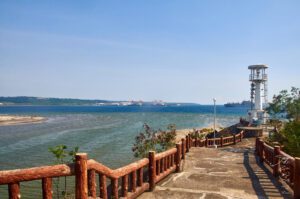
In the past, the Olongapo’s Subic Lighthouse, also known as the Subic Old Light Parola, served as a guiding light for ships, predating the establishment

There is no way anyone can ignore the beauty of Pamatawan River if they are traveling in the area of the coast of Pundaquit in
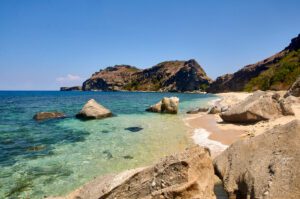
Capones Island forms part of a trio alongside Camara Island and an attached islet. Situated nearly four kilometers off the coast of Pundaquit in San

The Subic Spanish Gate, Olongapo’s oldest remaining structure, has withstood three significant events: the Dewey shelling of 1898, the Japanese attack of 1941, and the

Near Pundaquit in Zambales, two islands are calling to be explored. Camara Island, the closer one, sits just off Pundaquit’s shores and is easily reachable.

The Subic Lighthouse Marina Resort, constructed in 2006, exudes a distinctive nautical charm. The iconic lighthouse fulfills its role of guiding ships and boats to
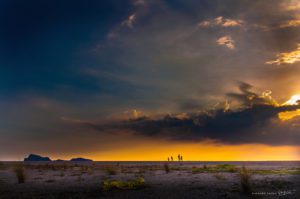
Pundakit, or the Municipality of Pundaquit of San Antonio, in Zambales Province, is a fishing village that boasts a multilingual local population (Ilocano, Zambal, Tagalog)

Located in the heart of Subic Bay Freeport Zone, Zoobic Safari is a premier destination for nature lovers and thrill-seekers. Spanning 25 hectares, this one-of-a-kind

The Capones Lighthouse, also known as Faro de Punta Capones or Capones Island Lighthouse, stands proudly as a significant historic site situated along the coast
BROWSE BY CATEGORIES